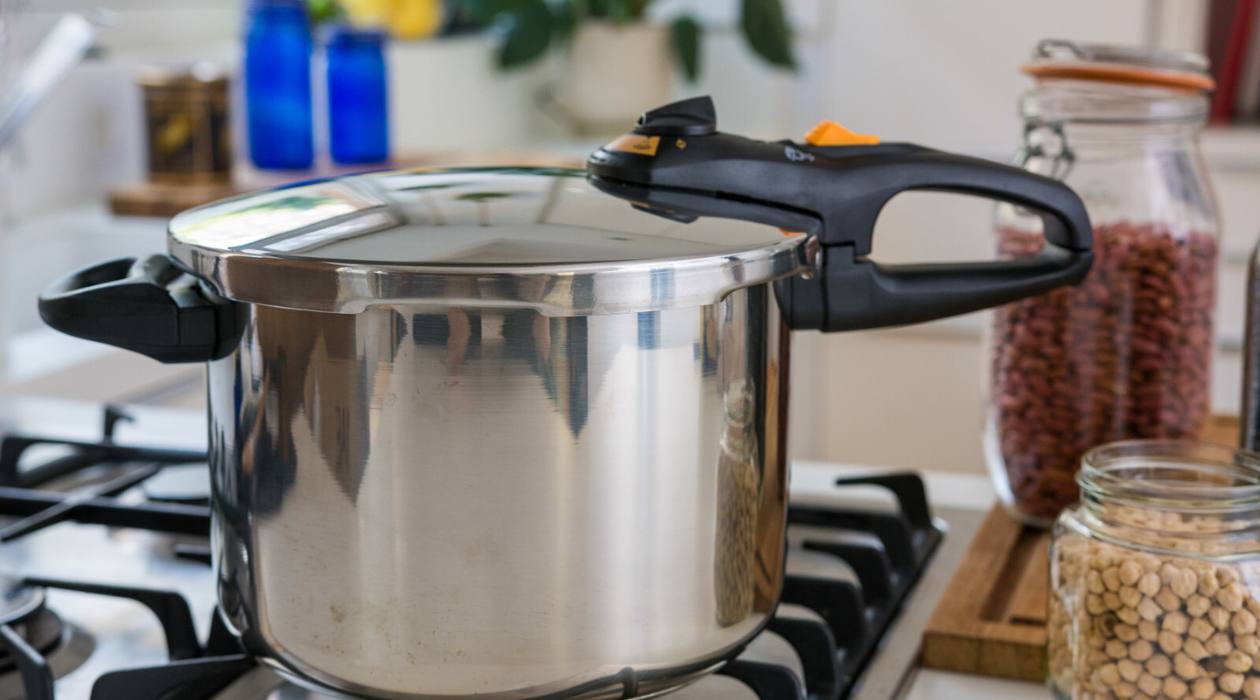

Articles
How To Use Stove Top Pressure Cooker
Modified: August 31, 2024
Learn how to efficiently use a stove top pressure cooker with our informative articles. Master the art of quick and flavorful cooking.
(Many of the links in this article redirect to a specific reviewed product. Your purchase of these products through affiliate links helps to generate commission for Storables.com, at no extra cost. Learn more)
Introduction
A stove top pressure cooker is a versatile and efficient kitchen appliance that can significantly cut down cooking time while retaining flavors and nutrients in your meals. Whether you’re a seasoned home cook or just starting your culinary journey, using a stove top pressure cooker can revolutionize the way you prepare meals in your kitchen.
With its ability to rapidly cook food under pressure, a stove top pressure cooker can tenderize tough cuts of meat, cook beans and lentils in a fraction of the time, and create flavorful soups and stews that would traditionally take hours on the stovetop.
In this article, we will explore the basics of stove top pressure cookers, from understanding its parts and functions to providing tips and tricks for successful and safe cooking. By the end, you’ll have the knowledge and confidence to harness the power of this incredible kitchen tool in your own cooking adventures.
So, let’s dive in and discover how to use a stove top pressure cooker to elevate your cooking game and make delicious meals in a fraction of the time!
Key Takeaways:
- Elevate your cooking game with a stove top pressure cooker, reducing cooking time by up to 70% while retaining nutrients and flavors for delicious, nutritious meals in a fraction of the time.
- Master the art of pressure cooking with safety, care, and creativity. Experiment with flavors, layer ingredients, and optimize cooking times for efficient, flavorful, and healthy meals.
Read more: How To Use A Stove Top
Understanding Stove Top Pressure Cookers
Before we delve into the details of using a stove top pressure cooker, it’s important to have a clear understanding of what it is and how it works.
A stove top pressure cooker is a sealed pot with a locking lid that creates a high-pressure, steam-filled environment when heated. The increased pressure raises the boiling point of water, allowing liquids to reach higher temperatures faster, which in turn reduces cooking time.
These cookers are typically made of stainless steel or aluminum, and they come in various sizes to accommodate different cooking needs. Stove top pressure cookers are suitable for a wide range of recipes, including soups, stews, meats, beans, grains, and even desserts.
One of the key advantages of a stove top pressure cooker is that it can cook food up to 70% faster than traditional cooking methods. This efficiency comes from the high pressure that forces heat and moisture into the ingredients, resulting in shorter cooking times.
Additionally, pressure cooking helps retain more vitamins and minerals in the food compared to other cooking methods that may cause nutrients to break down or leach out during prolonged cooking.
While stove top pressure cookers offer many benefits, it’s essential to follow proper safety precautions when using them. The high pressure inside the cooker can cause steam and hot liquids to spew out if not handled correctly. Therefore, it’s crucial to carefully read and follow the manufacturer’s instructions for safe operation.
Now that we have a better understanding of what a stove top pressure cooker is and its benefits, let’s take a closer look at the different parts that make up this kitchen appliance.
Parts of a Stove Top Pressure Cooker
To effectively utilize a stove top pressure cooker, it’s essential to familiarize yourself with its various parts and how they work together to create a pressurized cooking environment. Let’s explore the key components of a stove top pressure cooker:
- Base: The base of the pressure cooker is where you place it on the stovetop for cooking. It is usually made of heat-conductive materials such as stainless steel or aluminum to ensure even heat distribution.
- Inner Pot: The inner pot, also known as the cooking pot or insert, is where you put your ingredients for cooking. It is often made of stainless steel or non-stick material for easy food release and cleaning.
- Lid: The lid of a stove top pressure cooker is crucial for creating a sealed environment. It typically has a rubber or silicone gasket that forms an airtight seal when the lid is locked in place onto the pot. Some models also come with a locking mechanism to secure the lid during cooking.
- Pressure Release Valve: The pressure release valve, often located on the lid, allows you to release steam and pressure from the cooker after cooking is complete. It helps to safely depressurize the cooker before opening the lid.
- Pressure Indicator: The pressure indicator is a small device on the lid that visually indicates the pressure level inside the cooker. It usually has two markers: one for indicating low pressure and another for high pressure. The indicator rises when pressure builds up and drops when pressure is released.
- Handles: Stove top pressure cookers typically have sturdy handles on either side of the pot for safe and convenient handling. These handles remain cool during cooking, allowing you to move the cooker even when it’s hot.
- Gasket/Sealing Ring: The gasket or sealing ring is a vital component that ensures a tight seal between the lid and the pot. It prevents steam from escaping during cooking, enabling the pressure to build up inside the cooker.
- Pressure Regulator: Some stove top pressure cookers feature a pressure regulator on the lid that helps control and maintain the desired pressure level during cooking. It releases excess steam to maintain a consistent pressure inside the cooker.
Understanding the different parts of a stove top pressure cooker will help you operate the appliance safely and efficiently. Next, we’ll explore how to prepare the cooker before using it for cooking.
Preparing the Stove Top Pressure Cooker
Before using your stove top pressure cooker, it’s important to properly prepare it to ensure safe and effective cooking. Follow these steps to prepare your pressure cooker:
- Clean the Pressure Cooker: Start by cleaning the pressure cooker thoroughly. Remove the gasket, pressure release valve, and any other removable parts according to the manufacturer’s instructions. Wash them with warm soapy water, rinse well, and dry them completely. Clean the inner pot and the exterior of the cooker with mild dish soap and a sponge or cloth.
- Inspect the Gasket: Examine the gasket or sealing ring for any cracks, tears, or signs of wear. It’s important to ensure that the gasket is in good condition to create a proper seal. If the gasket is damaged, replace it with a new one recommended by the manufacturer.
- Check the Pressure Release Valve: Inspect the pressure release valve to ensure it moves freely and is not clogged. Clean it if necessary using a small brush or toothpick to remove any debris or buildup.
- Reassemble the Cooker: Once all the parts are clean and dry, reassemble the pressure cooker according to the manufacturer’s instructions. Make sure the gasket is properly placed and the pressure release valve is securely attached to the lid.
- Perform a Test Run: It’s a good practice to do a quick test run to familiarize yourself with the cooker and ensure everything is functioning correctly. Fill the cooker with water, close the lid, and bring it up to pressure over medium heat. Allow steam to escape through the pressure release valve for a few minutes, then turn off the heat. This will help you understand the pressure settings and get a feel for the cooker’s operation.
- Read the User Manual: Always read the user manual that comes with your pressure cooker for specific instructions and safety guidelines provided by the manufacturer. Understanding the features and limitations of your specific model is essential for successful and safe cooking.
By properly preparing your stove top pressure cooker, you’ll ensure that it’s clean, in good working condition, and ready to deliver optimal cooking results. Now that the cooker is ready, let’s move on to the exciting part – using it for cooking!
When using a stove top pressure cooker, always make sure to release the pressure before opening the lid. This can be done by using the quick release method or allowing the pressure to naturally release. Always follow the manufacturer’s instructions for safe use.
Using the Stove Top Pressure Cooker
Now that your stove top pressure cooker is prepared, it’s time to start cooking! Here’s a step-by-step guide on how to use a stove top pressure cooker:
- Add Ingredients: Begin by adding your desired ingredients to the inner pot of the pressure cooker. Whether you’re cooking meat, vegetables, grains, or soups, make sure you don’t exceed the maximum fill line specified by the manufacturer.
- Secure the Lid: Place the lid on the pressure cooker and ensure it’s properly aligned. Lock the lid in place according to the manufacturer’s instructions. The lid should fit snugly and form a tight seal with the pot.
- Select Cooking Method: Depending on your recipe and the instructions provided, choose the appropriate cooking method. Most pressure cookers offer options such as high-pressure cooking, low-pressure cooking, or specific settings for different types of food.
- Build Pressure: Place the pressure cooker on the stovetop over medium heat. Allow the cooker to build pressure until it reaches the desired level. This is indicated by the pressure indicator rising. Once it has reached the desired pressure, reduce the heat to maintain a steady pressure.
- Cooking Time: Cooking time will vary depending on the recipe and the ingredients being cooked. Pressure cooking typically requires significantly less time compared to traditional cooking methods. Consult the recipe or refer to the cooking time guidelines provided by the manufacturer for specific foods.
- Release Pressure: When the cooking time is complete, it’s important to release the pressure before opening the lid. There are two common methods for releasing pressure: natural release and quick release. Natural release involves allowing the cooker to naturally release the pressure over time, while quick release involves manually releasing the steam using the pressure release valve. Follow the instructions provided by the recipe or the manufacturer for the appropriate method.
- Open the Lid: Once the pressure has been released and it’s safe to do so, open the pressure cooker lid carefully. Make sure to open it away from your face to avoid any steam burns. Your perfectly cooked meal is now ready to be enjoyed!
Remember to always follow the specific instructions provided by the manufacturer for your particular stove top pressure cooker model. Safety is paramount when using a pressure cooker, so take the necessary precautions and exercise caution when handling hot appliances.
Now that you know how to use a stove top pressure cooker, let’s explore some essential care and maintenance tips to keep your cooker in optimal condition.
Read more: How To Use An Electric Pressure Cooker
Care and Maintenance of Stove Top Pressure Cookers
Caring for your stove top pressure cooker properly is essential to ensure its longevity and safe operation. Follow these guidelines to maintain your pressure cooker:
- Clean After Each Use: After using the pressure cooker, clean it thoroughly. Remove the gasket, sealing ring, and any other removable parts, and wash them with warm soapy water. Clean the inner pot and the exterior of the cooker with a sponge or cloth. Avoid using abrasive cleaners or steel wool, as they can scratch the surface.
- Inspect and Replace the Gasket: Regularly inspect the gasket or sealing ring for any signs of wear, cracks, or damage. Replace it as needed to maintain an airtight seal and ensure proper pressure cooking. Refer to the manufacturer’s instructions for the recommended replacement interval.
- Check the Pressure Release Valve: Clean the pressure release valve after each use to remove any food debris or residue. Ensure it moves freely and is not clogged. If needed, use a small brush or toothpick to clean out any obstructions. This will help maintain the proper functioning of the valve.
- Prevent Food Clogging: To prevent food from clogging the pressure release valve during cooking, ensure that the ingredients are chopped or diced into suitable sizes. Avoid overfilling the cooker, as this can cause ingredients to block the valve. Follow recipe guidelines for proper ingredient amounts.
- Store Properly: When not in use, store your pressure cooker in a cool, dry place. Do not stack heavy items on top of it, as this can damage the cooker. Keep the lid separate to allow airflow and prevent any odors from being trapped.
- Regular Maintenance: Periodically check and clean the pressure indicator, safety valves, and any other movable parts of the cooker to ensure smooth operation. Refer to the user manual for guidance on maintenance and any specific recommendations from the manufacturer.
- Follow Safety Guidelines: Always follow the safety guidelines provided by the manufacturer when using and maintaining your stove top pressure cooker. This includes proper handling, avoiding overfilling, using the correct pressure release method, and following recommended cooking times and pressures for different ingredients.
Proper care and maintenance will not only extend the lifespan of your stove top pressure cooker but also ensure safe and efficient cooking. By following these guidelines, you’ll be able to enjoy the benefits of your pressure cooker for many delicious meals to come!
Now that you know how to care for your pressure cooker, let’s explore some tips and tricks for cooking with a stove top pressure cooker that will help you achieve excellent results every time.
Tips and Tricks for Cooking with a Stove Top Pressure Cooker
Using a stove top pressure cooker can greatly enhance the efficiency and flavor of your cooking. To make the most out of your pressure cooking experience, consider the following tips and tricks:
- Use the Right Amount of Liquid: It’s important to include enough liquid in the pressure cooker to create steam and build pressure. Follow the recipe guidelines for the recommended amount of liquid, typically water, broth, or any other cooking liquid specified.
- Adapt Cooking Times: Pressure cooking significantly reduces cooking times compared to traditional methods. As a general rule, pressure cooking times are about 70% to 80% shorter. However, cooking times may vary depending on the recipe and ingredients. Adjust the cooking time accordingly to ensure perfect results.
- Layer Ingredients Properly: Layer ingredients in the inner pot with the ones requiring the longest cooking time at the bottom and those with shorter cooking times on top. This way, all ingredients will be cooked evenly, and you won’t end up with overcooked or undercooked components.
- Do Not Overfill: When using a pressure cooker, avoid exceeding the maximum fill line indicated by the manufacturer. Overfilling the cooker can prevent it from reaching pressure properly and can lead to food spillover. Leave enough headroom for the steam to circulate.
- Release Pressure Safely: After cooking, release pressure using either the natural release or the quick release method specified in the recipe. Natural release allows the pressure to dissipate naturally over time, while quick release involves manually opening the pressure release valve. Exercise caution when releasing pressure and ensure your hands and face are away from the steam.
- Experiment with Flavors: Pressure cooking intensifies flavors and aromas, making it perfect for infusing meats, vegetables, and grains with spices and herbs. Feel free to experiment with different flavor combinations to elevate your dishes to new heights of deliciousness.
- Use the Sauté Function: Some pressure cookers feature a sauté function, allowing you to brown or sear ingredients directly in the pot before pressure cooking. This extra step adds depth of flavor to your dishes and can enhance the overall taste and texture.
- Quickly Cool the Lid: If you need to release pressure quickly after cooking, you can run the pressure cooker lid under cold water. This helps to cool down the cooker faster and facilitates the quick release of pressure.
- Optimize Cooking Times: Different ingredients require different cooking times, so it’s helpful to group similar ingredients together when pressure cooking. For instance, cook vegetables in one batch and meats in another, adjusting the cooking times accordingly for each group.
- Keep a Cooking Journal: To perfect your pressure cooking skills, consider keeping a cooking journal where you can jot down cooking times, ingredient combinations, and any modifications you made. This way, you can replicate successful recipes and make adjustments for future cooking endeavors.
By incorporating these tips and tricks into your pressure cooking routine, you’ll be able to create delicious and flavorful meals with ease. Don’t be afraid to explore, experiment, and adapt recipes to suit your taste preferences and dietary needs.
Finally, let’s conclude our journey into the world of stove top pressure cooking.
Conclusion
Stove top pressure cookers are incredible kitchen tools that offer convenience, speed, and flavor enhancement to your cooking. With their ability to quickly cook meals and retain the natural nutrients and flavors of ingredients, they’re a great addition to any culinary repertoire.
In this article, we’ve covered the basics of stove top pressure cookers, including understanding their parts and functions, preparing them for use, and using them for cooking a wide range of recipes. We’ve also explored important care and maintenance tips to ensure the longevity and safety of your pressure cooker.
By following the provided guidelines, you’ll be able to harness the power of your stove top pressure cooker to create delicious and nutritious meals in a fraction of the time. From tenderizing tough cuts of meat to quickly cooking grains and legumes, the possibilities with a pressure cooker are endless.
Remember to always refer to the manufacturer’s instructions and safety guidelines specific to your pressure cooker model. Safety is paramount when working with high-pressure cooking appliances, so exercise caution and follow recommended procedures.
Now that you have a better understanding of stove top pressure cookers and how to use them effectively, it’s time to unleash your culinary creativity. Explore new recipes, experiment with flavors, and enjoy the benefits of faster, flavorful, and healthier cooking.
So, grab your stove top pressure cooker and start preparing delicious meals that will impress your family and friends. Enjoy the journey of discovering the wonders of pressure cooking and elevate your cooking game to new heights!
Frequently Asked Questions about How To Use Stove Top Pressure Cooker
Was this page helpful?
At Storables.com, we guarantee accurate and reliable information. Our content, validated by Expert Board Contributors, is crafted following stringent Editorial Policies. We're committed to providing you with well-researched, expert-backed insights for all your informational needs.
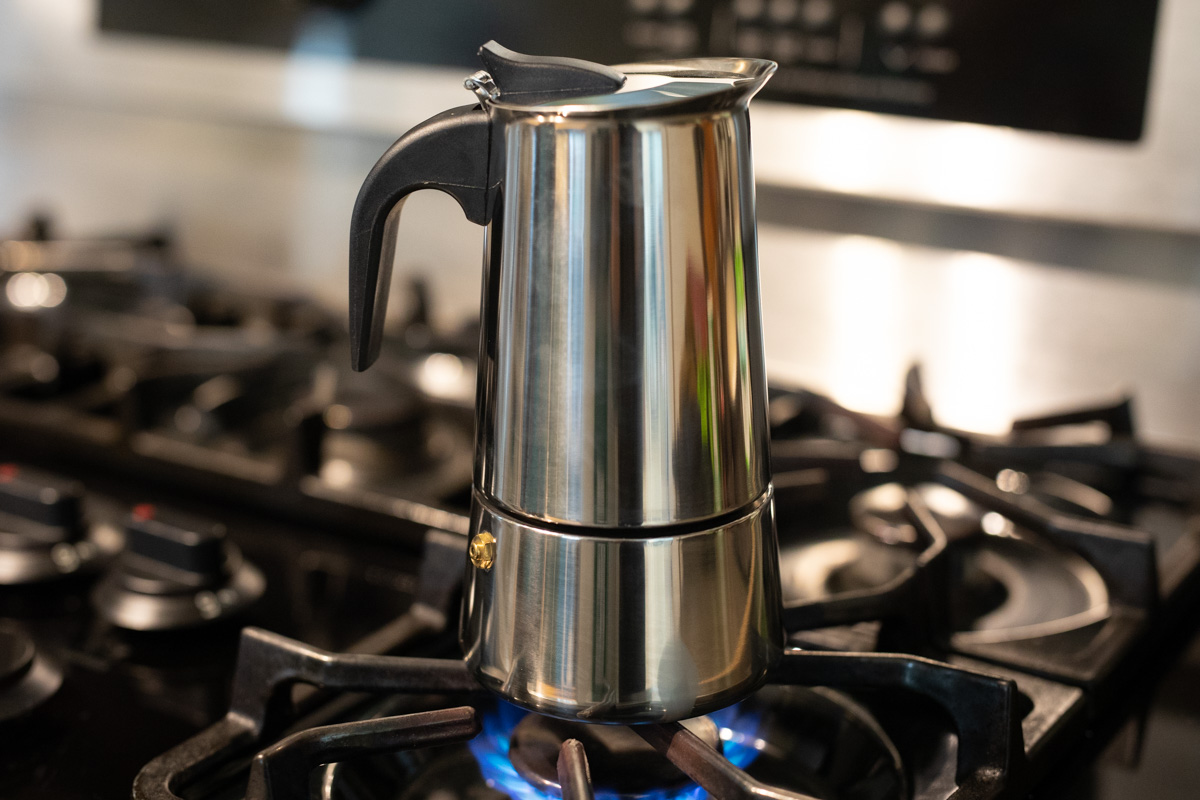

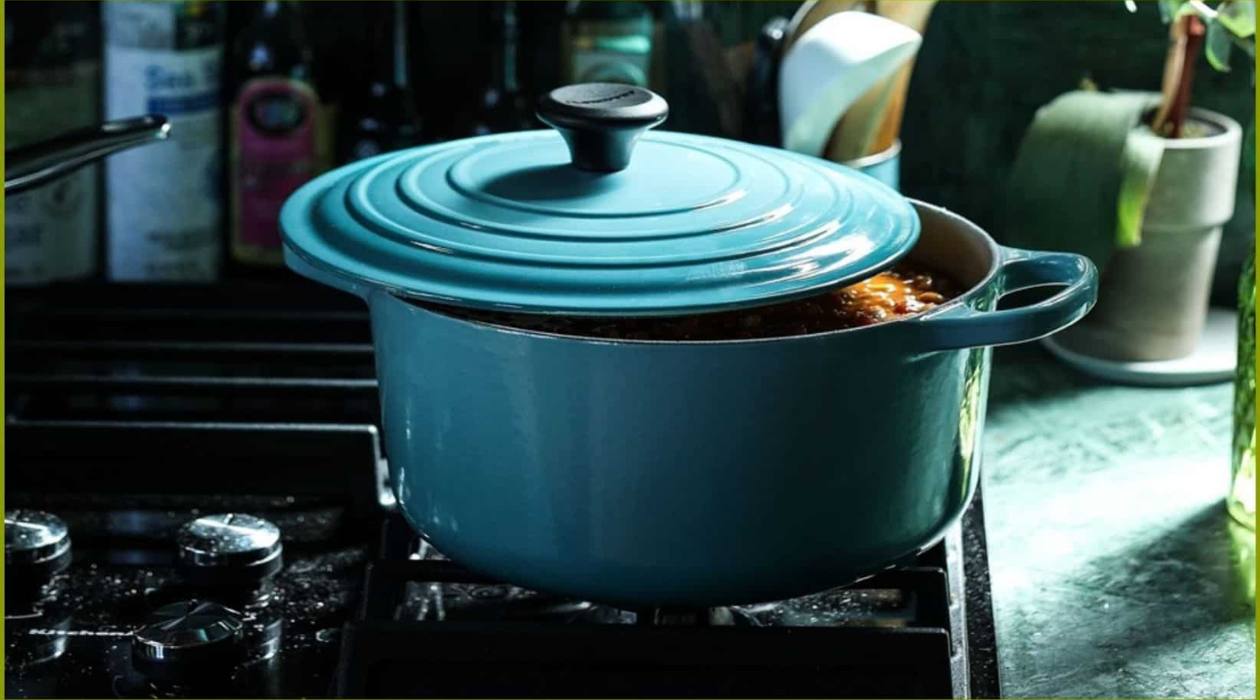
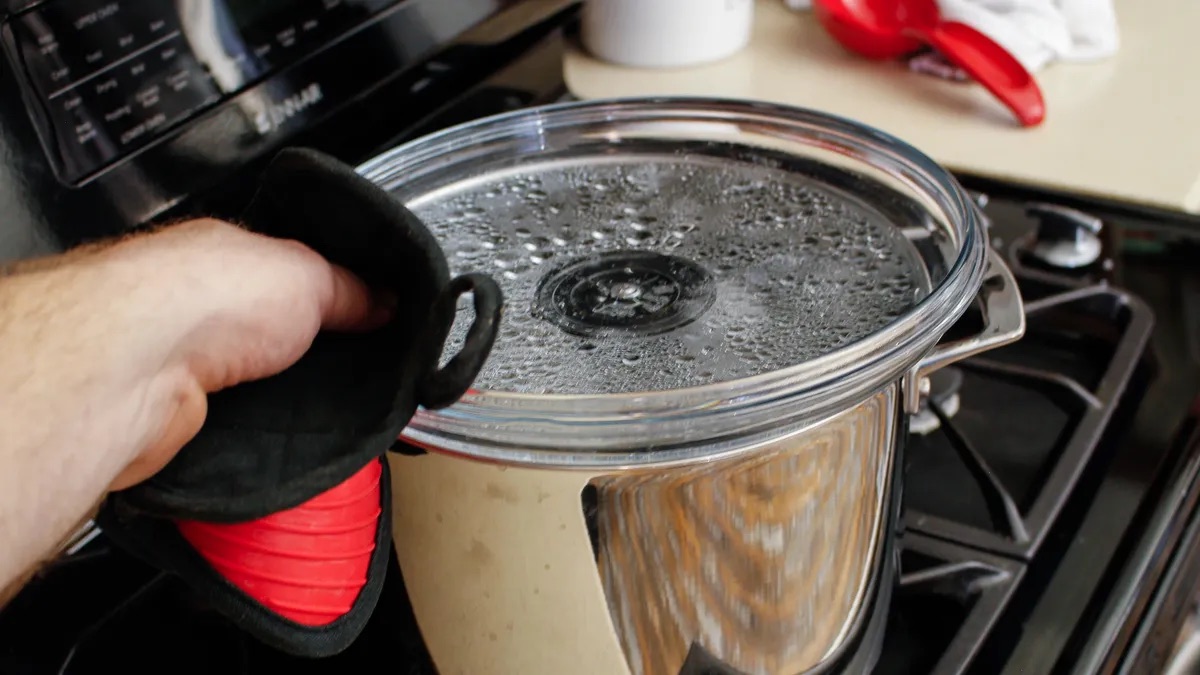
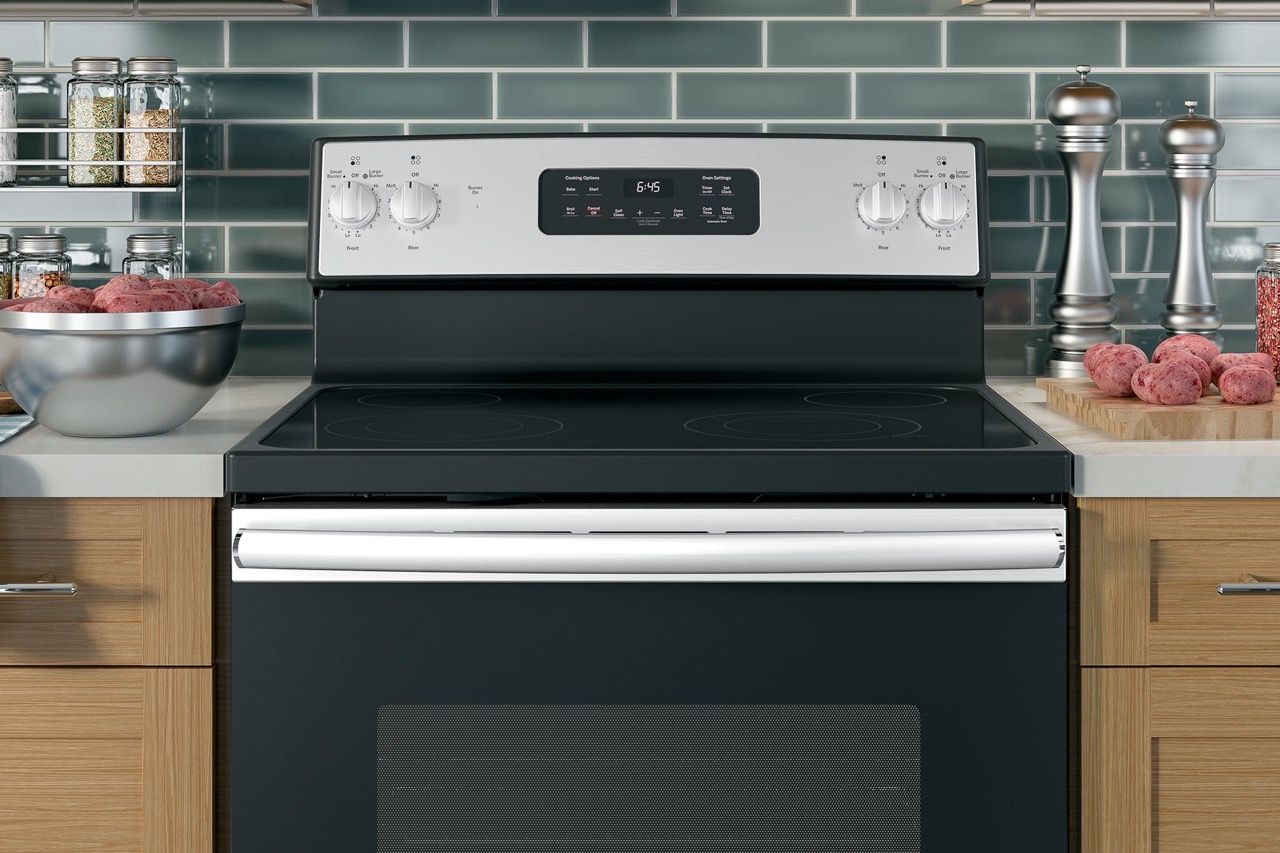
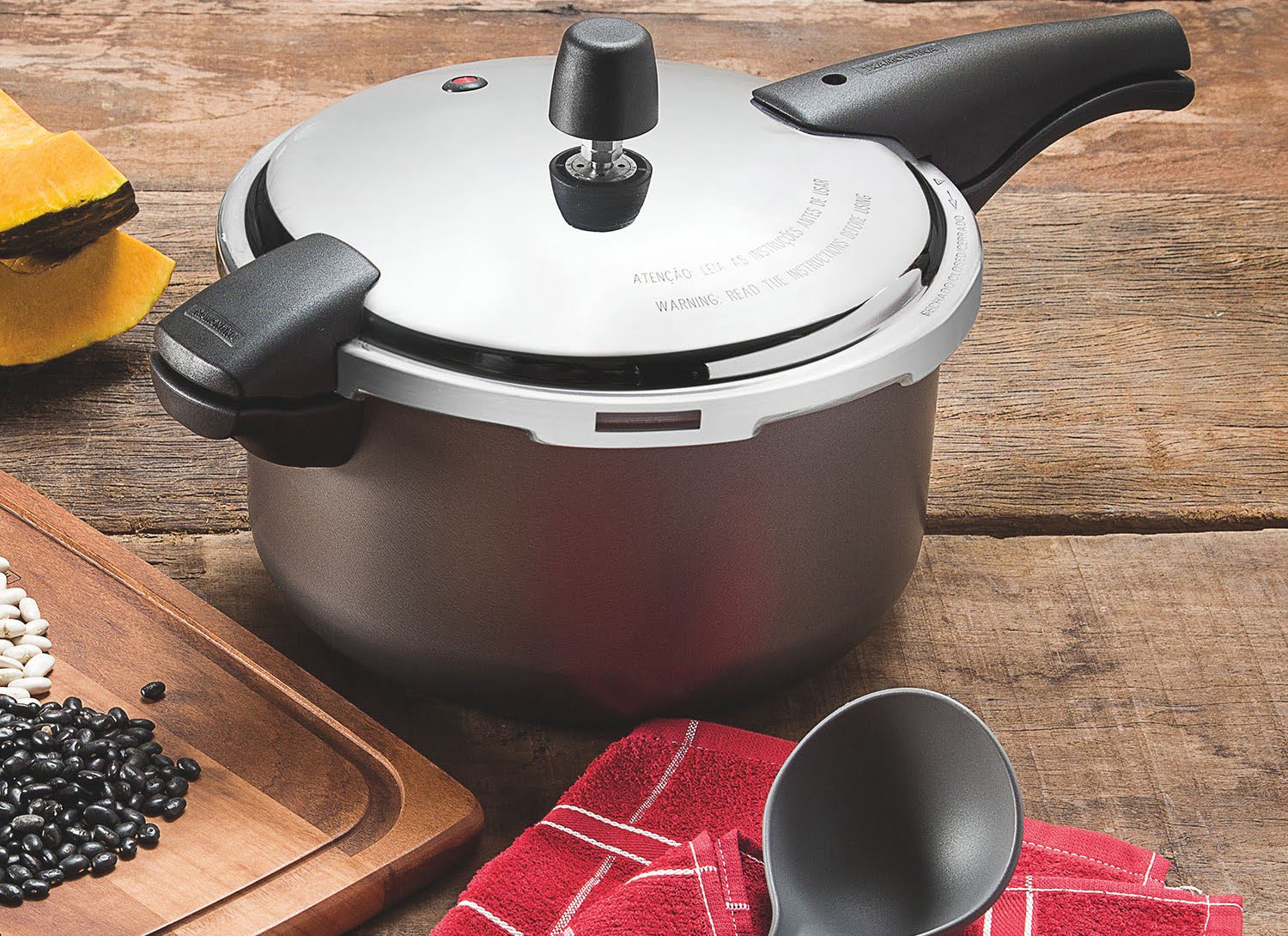
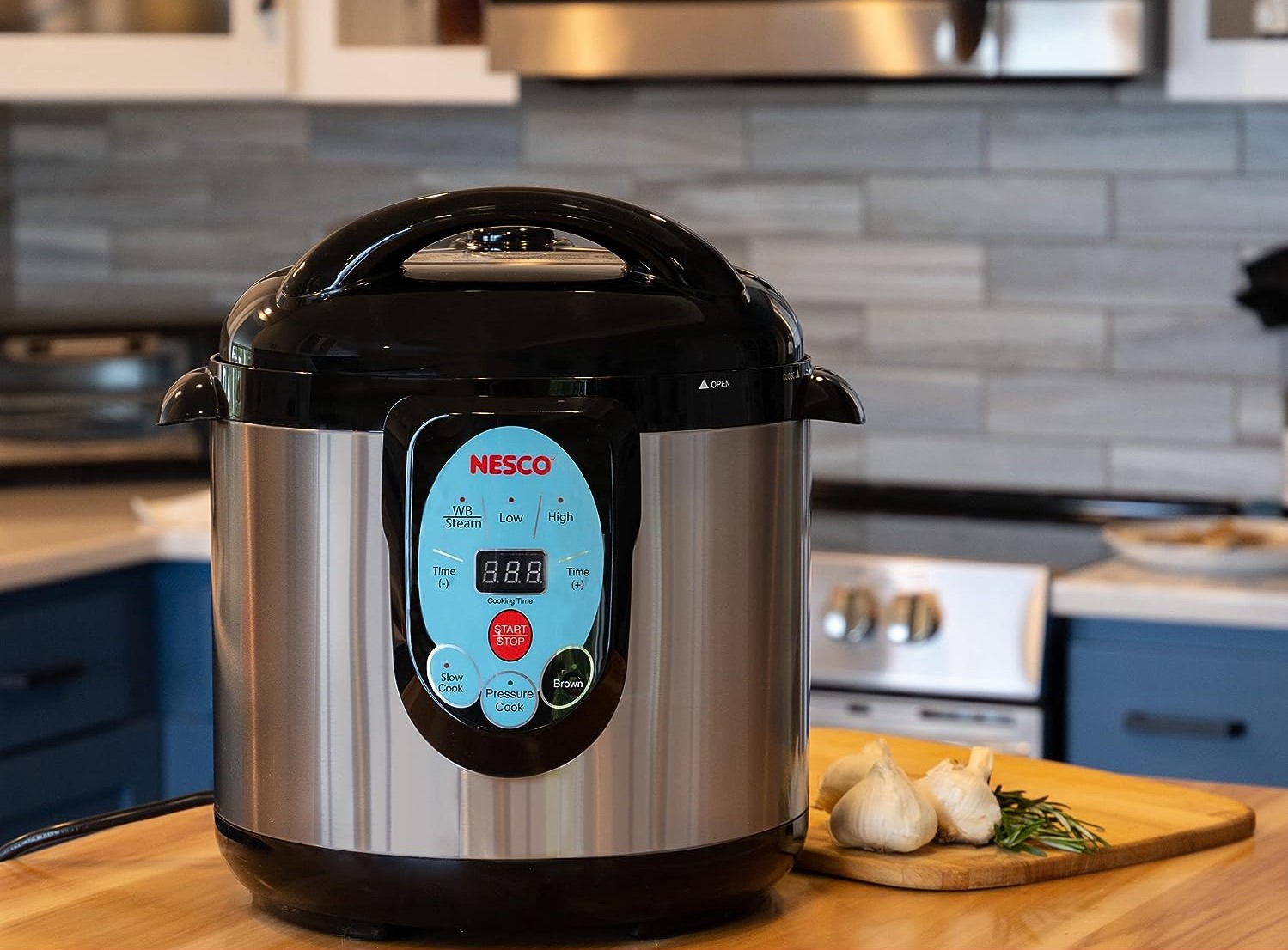
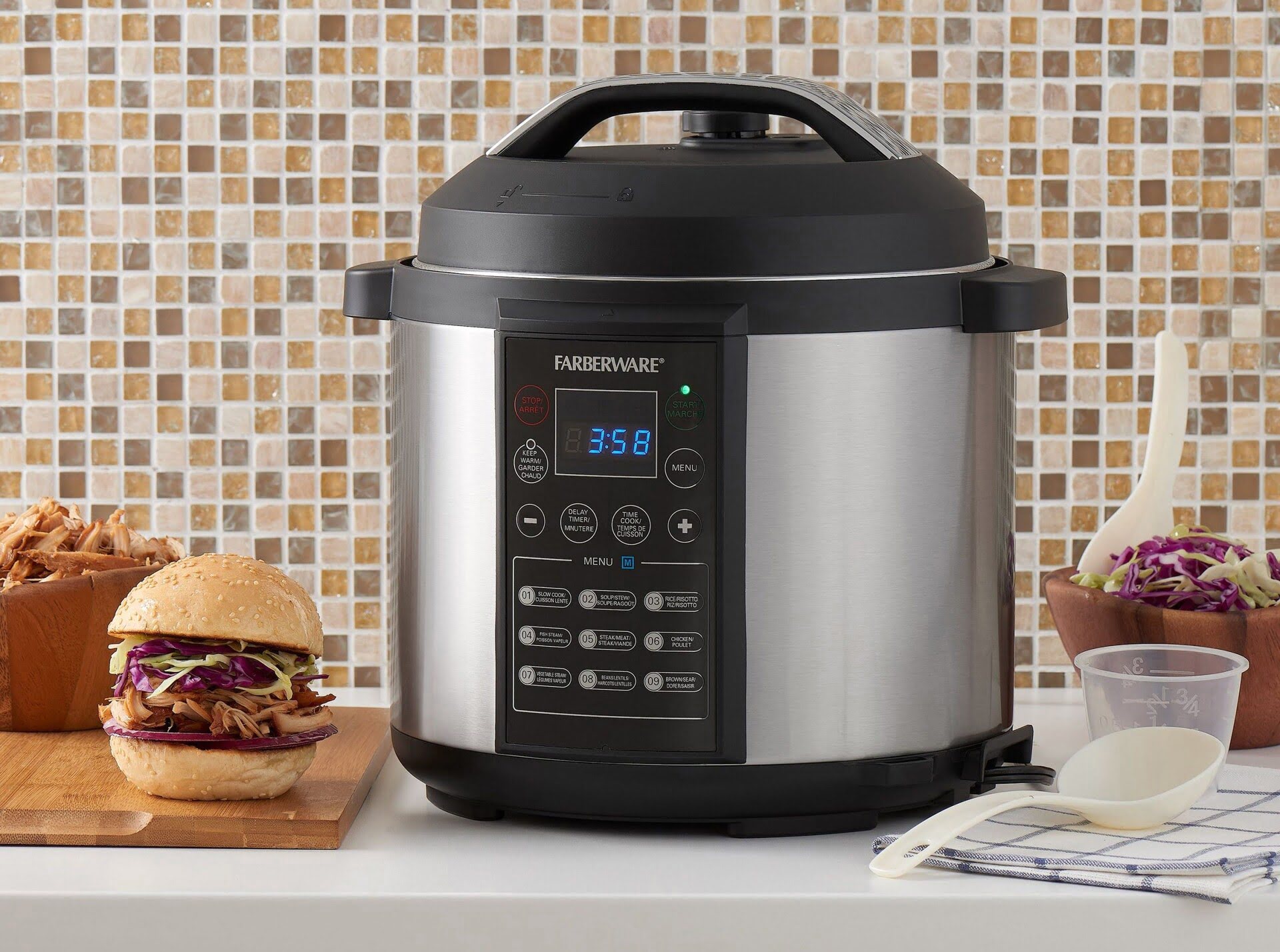
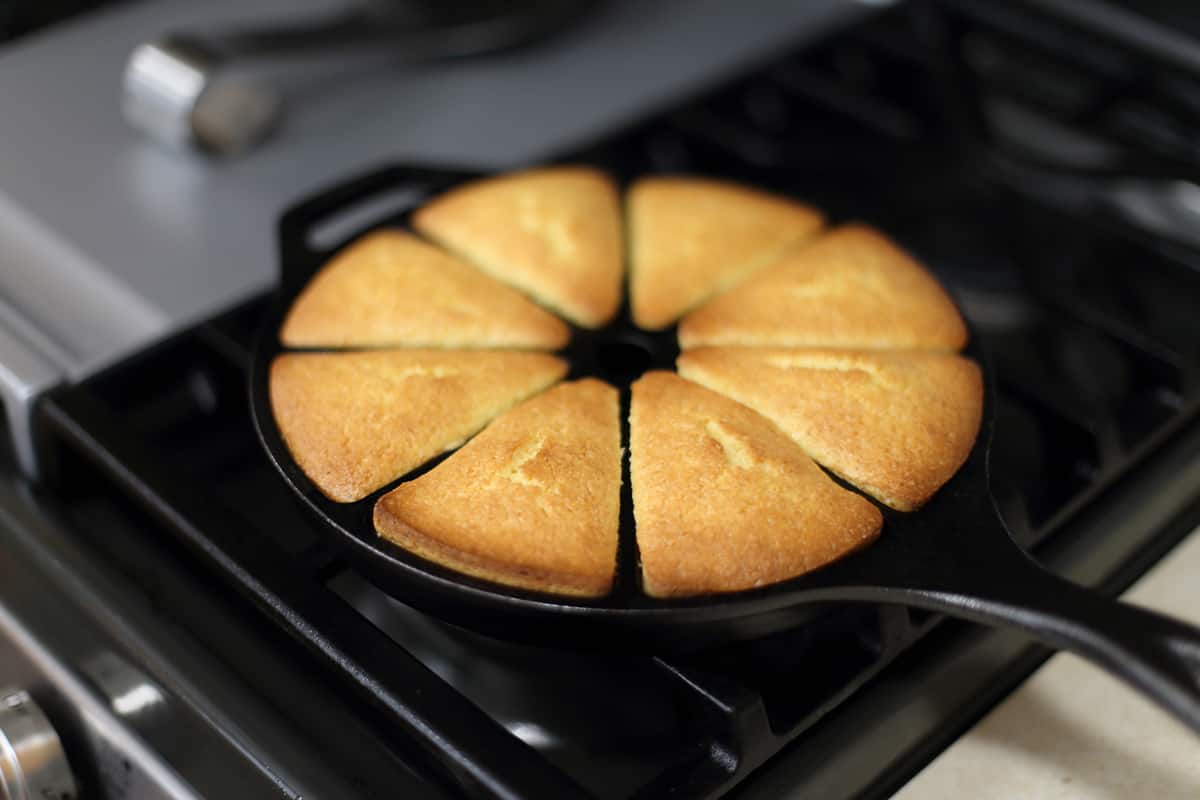
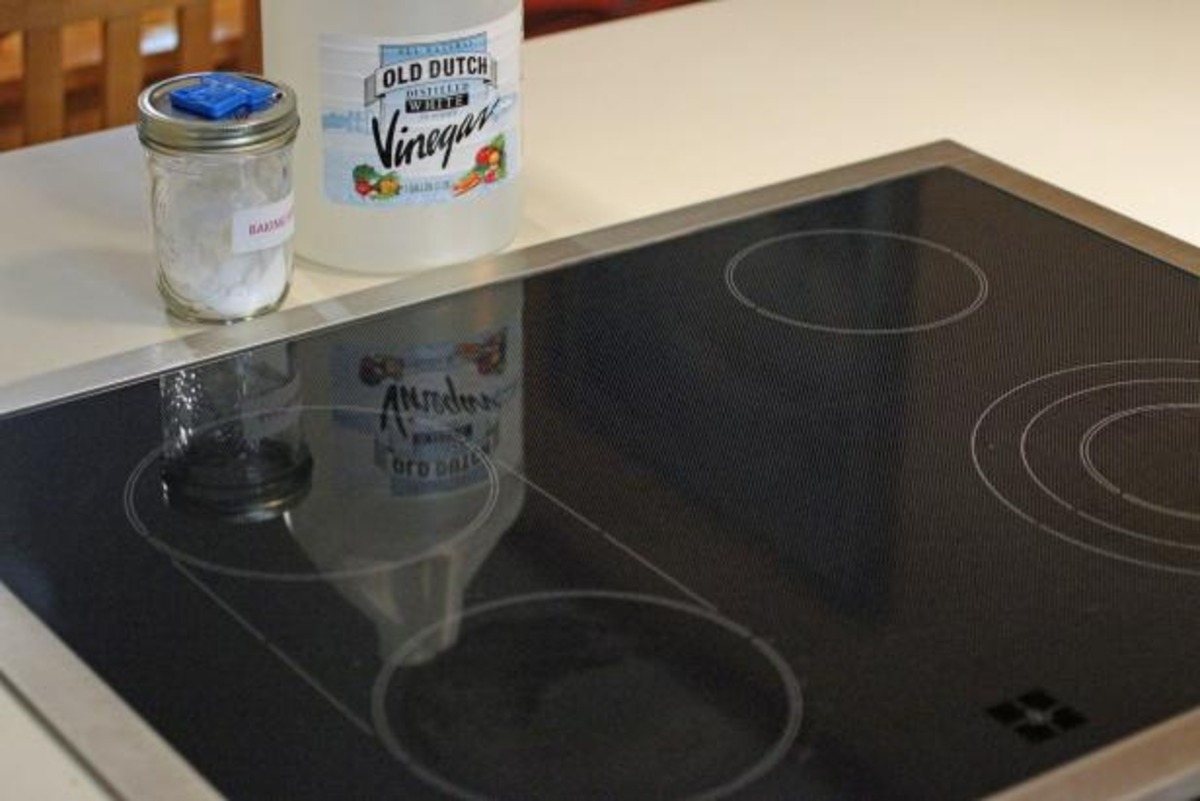
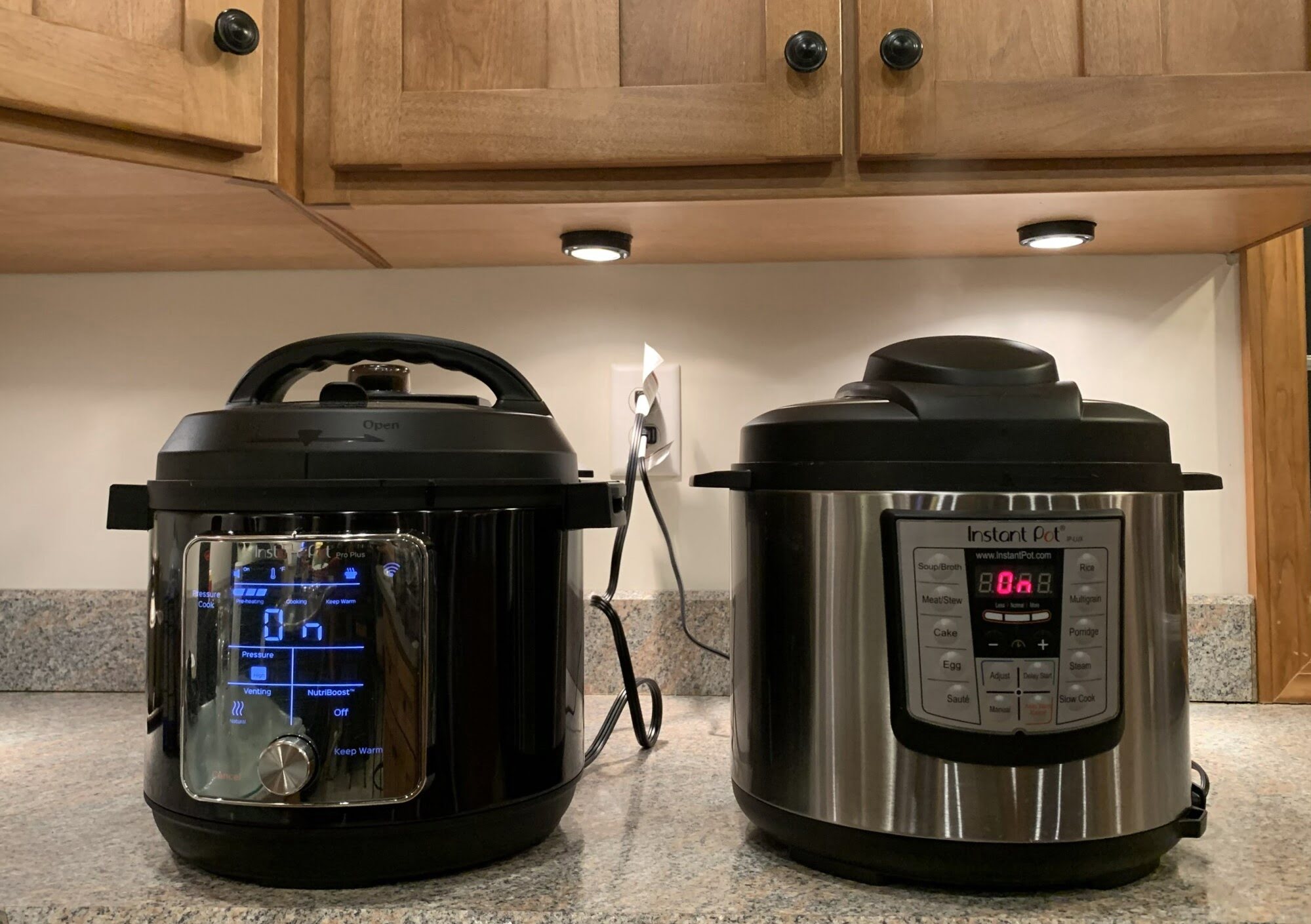
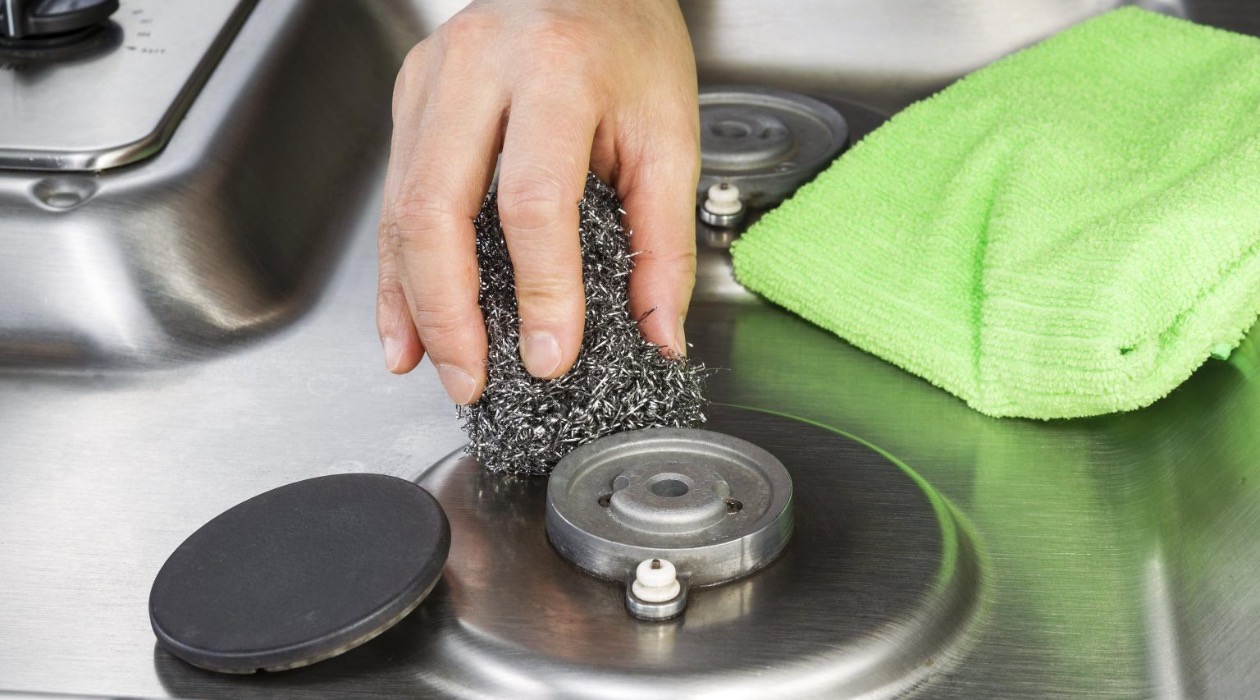
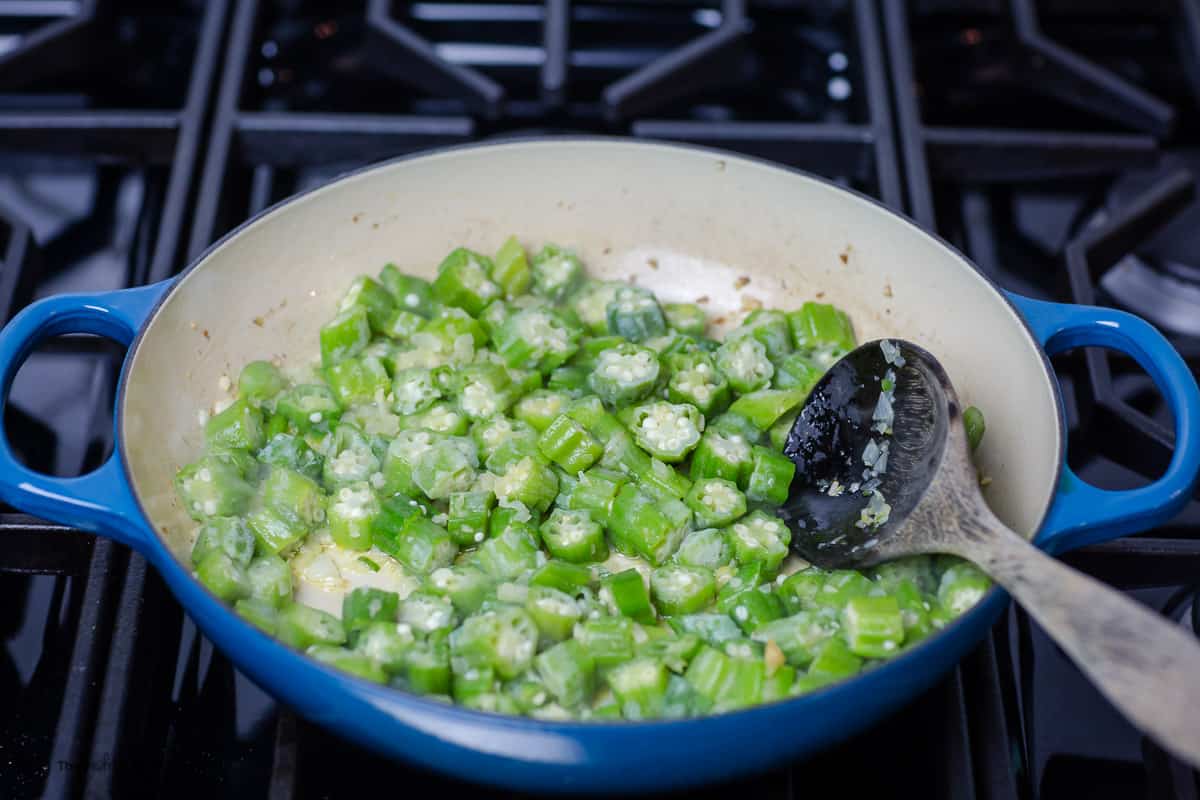
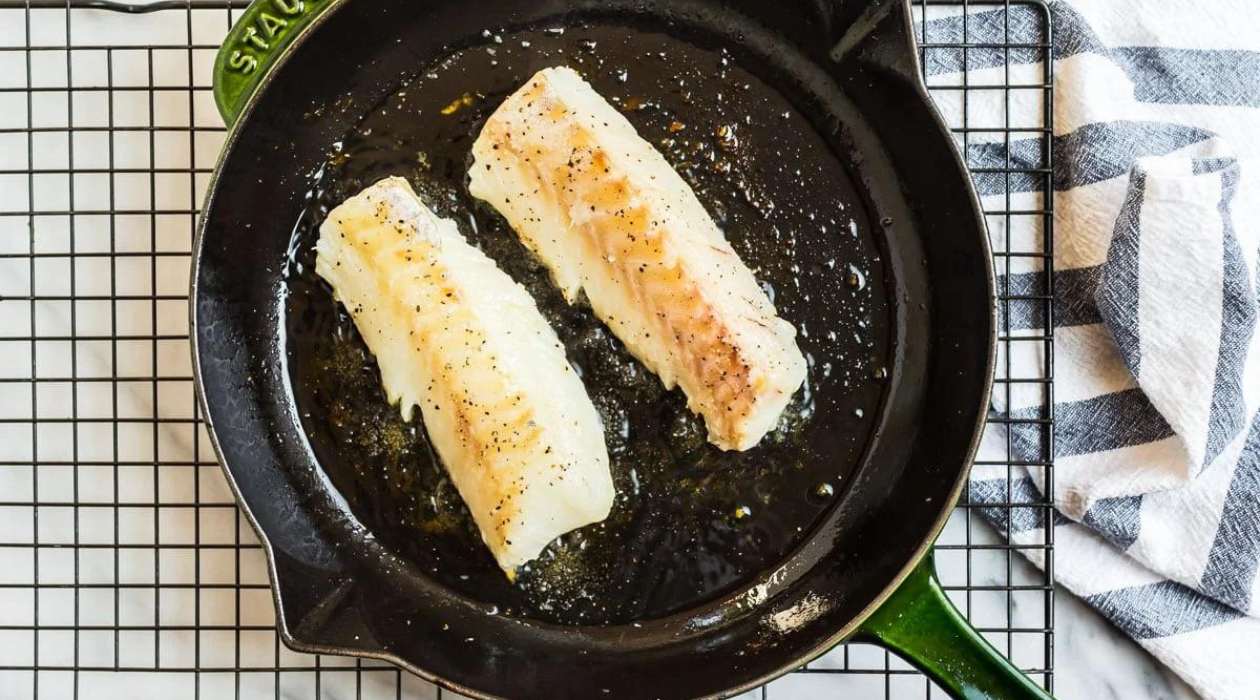

0 thoughts on “How To Use Stove Top Pressure Cooker”